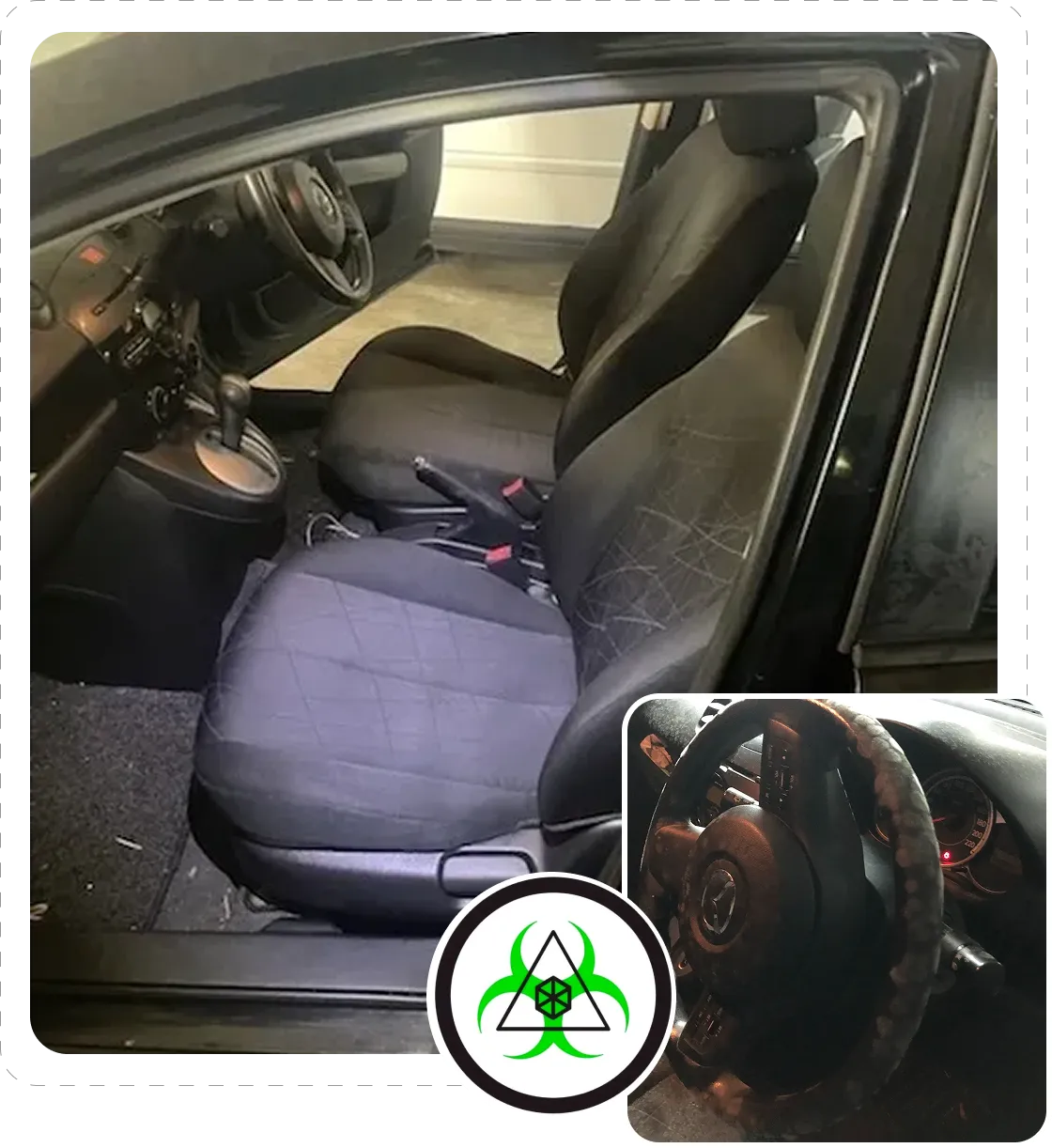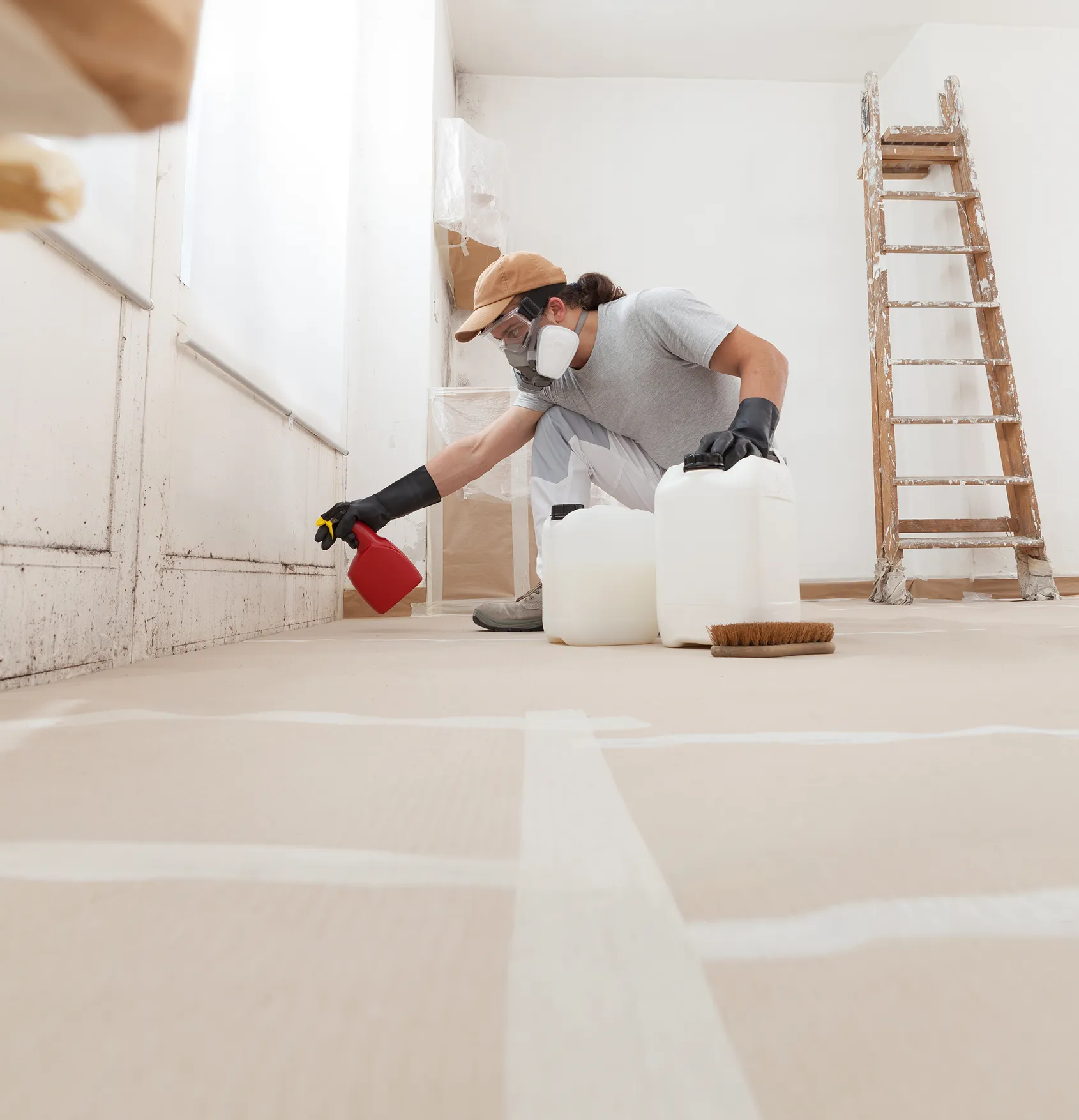Expert Mould Cleaning for Safe, Healthy Living in Residential Spaces
Moisture, darkness, and poor airflow provide the ideal mix for mould to settle and spread. Leaking pipes, indoor humidity, and weather-related dampness often feed colonies that creep silently behind walls or beneath flooring. Mould spores circulate through the air, landing on porous materials and feeding on dust, fabrics, or timber. In some residential settings, minor leaks or everyday steam can unknowingly fuel hidden growth. Over time, this creates not just aesthetic damage but also potential health concerns for people occupying the space.
Detailed Removal for Lasting Results Indoors
Surface-level cleaning often fails to address deeply embedded mould. That’s where a Deep Mould Cleaning Company steps in with specialised tools and techniques to treat hidden zones. These professionals use moisture meters, ventilation strategies, and mould-neutralising products to clean high-risk areas without causing damage. Every part of the home—corners, ceilings, tiles, or carpets—is carefully assessed. Their methods ensure that the cause is tackled, not just the stain. Thorough cleaning plays a critical role in reducing spore levels and supporting indoor air health.

Signs It’s Time to Act Before Mould Takes Over
Faint smells, black spots on ceilings, or warped walls can point to larger mould problems that are not immediately visible. Even homes that look clean on the surface might hold moisture behind bathroom tiles, in crawlspaces, or under vinyl flooring. Early detection can save building materials from decay and reduce the risk of mould spreading through the HVAC system. Catching these signs early means that treatment can be more effective and less disruptive, helping to avoid costly structural damage.
Reliable Services for Long-Term Prevention
Addressing mould in multi-unit dwellings or houses with shared ventilation systems takes a tailored approach. A team offering Residential building mould cleaning services considers not just the current outbreak, but also how shared airflow or plumbing may spread moisture between rooms. From apartment blocks to suburban homes, treatment plans often include both active mould removal and moisture control advice. Removing spores in living rooms, basements, or attics requires an understanding of the property layout and the lifestyle patterns that may contribute to indoor humidity.

What Happens After the Cleaning Is Done
Once the mould is removed, keeping it away involves more than just ventilation. Professional Residential building mould cleaning services often suggest steps such as checking downpipes, fixing roof leaks, or adjusting heating settings to prevent condensation. Moisture is always the root trigger, and maintaining dry environments is key to long-term prevention. Simple daily habits—like airing laundry outdoors or running exhaust fans—help support the cleaning efforts and reduce regrowth. Ongoing attention ensures a safer, fresher indoor space all year round.
Conclusion
Mould removal is not simply about appearance—it’s about protecting health, preserving structures, and ensuring peace of mind. When handled properly, the right treatment removes spores and reduces the conditions they rely on. Deep cleaning followed by environmental control offers the strongest defence against repeat infestations. With support from professionals like those at moulddoctors.com, property owners gain access to detailed inspections and precise treatment plans. Whether dealing with current outbreaks or planning preventive strategies, staying proactive is the surest way to keep indoor spaces dry, clean, and comfortable.

I'd like to express my gratitude for sharing such an excellent article. The article is instructive because it offers some useful information. Thank you for sharing it with us. Continue to post. Read more info about kontorsstädexperter sverige
ReplyDelete